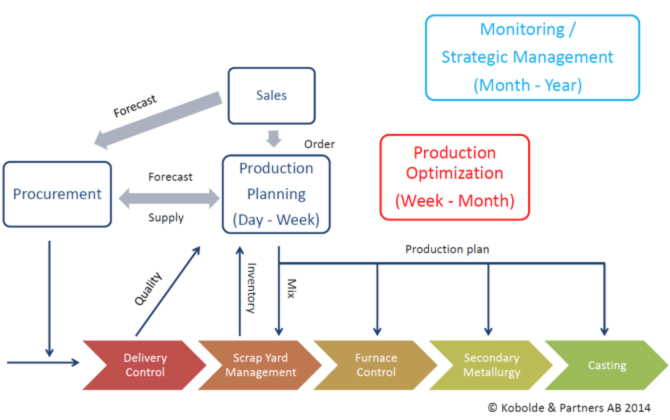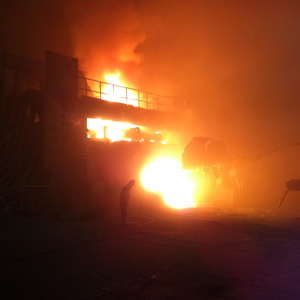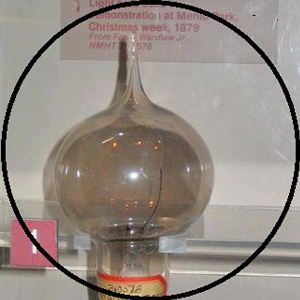Profitability
Without models? Impossible!
Would it be conceivable to manage without models? No, of course not. Even without computers most people use mental models to help them make the day to day decisions. With computers however, a more complex reality can be handled and decisions documented, monitored and the decision-making improved.
As Einstein said: “A model should be as simple as possible but never simpler”. Even with a simple model the quality of data is crucial. Modelling work must always be preceded by implementing data acquisition and data refinement protocols.

No quick fixes
With increased competition, raw material scarcity and requirements for sustainable production, demands on the management of resources and production, has increased. There are no quick fixes for any of these realities, yet they do in fact all offer opportunities for everyone from the loader of the baskets, the shop floor manager and all the way up to the CEO of the company.
The “one more” cost factor
A common misconception is that “There are so many other production cost factors to optimize. What benefit could yet another one generate?”
The truth is that companies who strive to master raw material selection and optimisation, will also see corresponding knock-on improvements in other cost factors.




